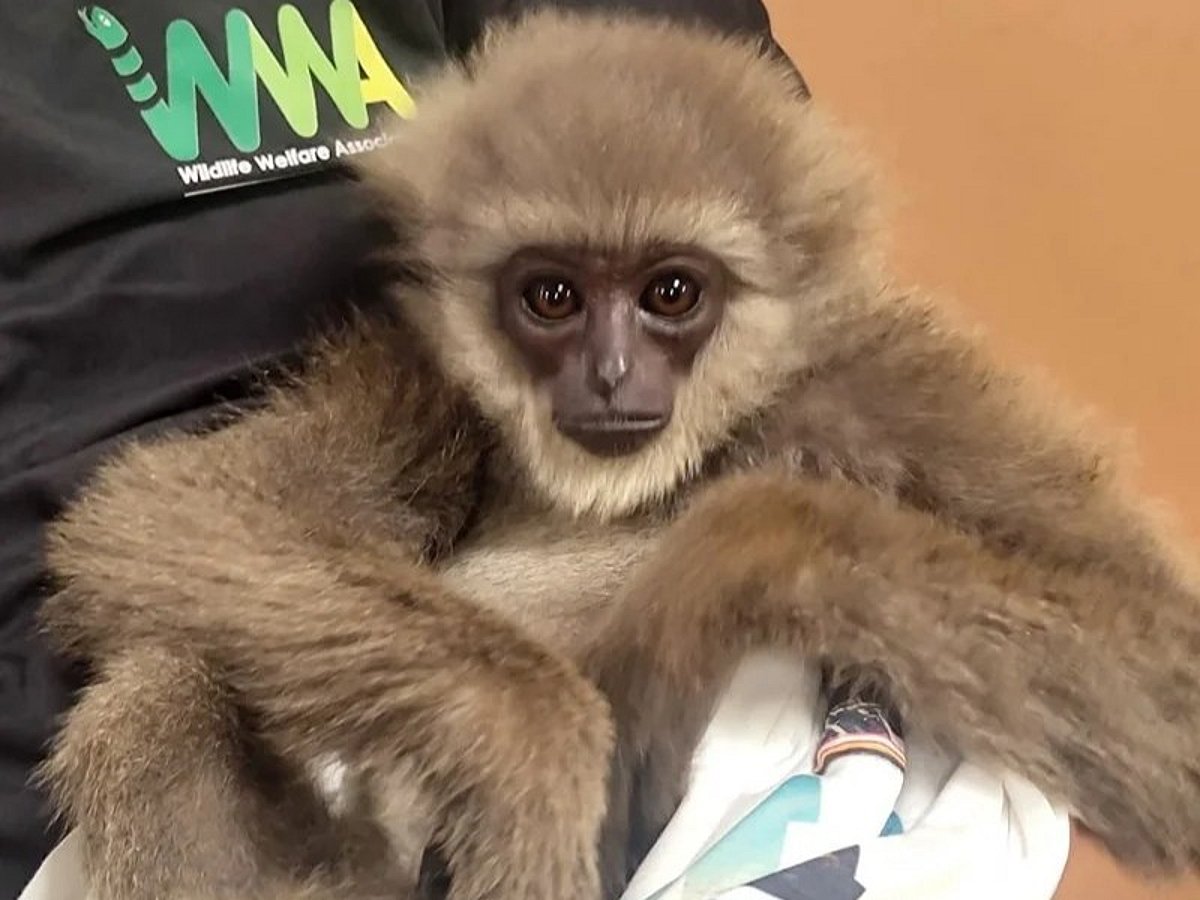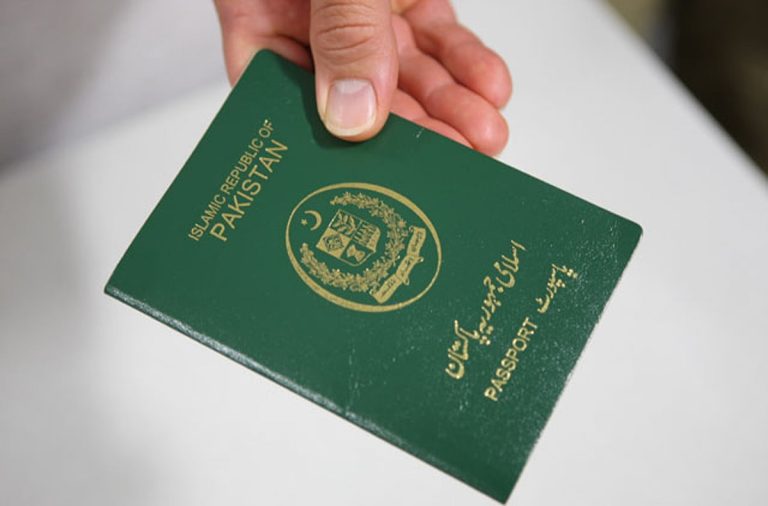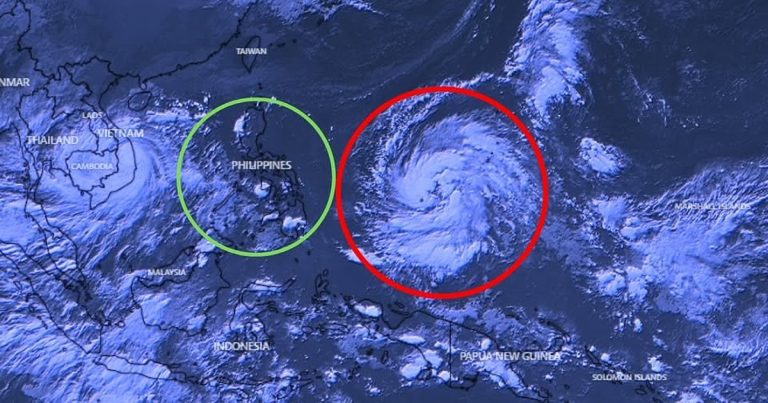Endangered Gibbons Seized at Mumbai Airport in Trafficking B
Indian customs officials recently thwarted a wildlife trafficking attempt at Mumbai Airport, leading to the arrest of a passenger who was carrying two endangered gibbons in their checked luggage. This incident highlights ongoing efforts to combat the illegal wildlife trade, which poses significant threats to various species.
Discovery of Endangered Gibbons
Upon inspection of the passenger’s trolley bag, customs officers discovered two Silvery Gibbons (Hylobates moloch), one of which was found dead. The surviving gibbon was captured on video, being cradled by an officer and making soft vocalizations. The passenger had traveled from Malaysia, with a stopover in Thailand, and was allegedly part of a wildlife trafficking syndicate that provided the gibbons for delivery in India.
Context of Wildlife Trafficking
The customs department acted on specific intelligence that led to the passenger’s arrest. The gibbons, native to the rainforests of Java in Indonesia, are critically endangered due to habitat loss, hunting, and the exotic pet trade. According to the International Union for Conservation of Nature, their population is estimated to be between 2,500 and 4,000 individuals.
Recent Trends in Animal Smuggling
This seizure is part of a troubling trend in wildlife trafficking, particularly along the Thailand-India air route. Wildlife trade monitor TRAFFIC reported that over 7,000 animals, both dead and alive, have been intercepted in the last three and a half years. Recent busts at Mumbai Airport include the apprehension of smugglers carrying various exotic species, such as snakes, tortoises, and even a raccoon.
FAQs
What are Silvery Gibbons?
Silvery Gibbons are small primates native to the rainforests of Java, Indonesia. They are known for their distinctive vocalizations and are classified as critically endangered due to habitat destruction and illegal wildlife trade.
How does wildlife trafficking affect endangered species?
Wildlife trafficking severely impacts endangered species by reducing their populations, disrupting ecosystems, and contributing to the loss of biodiversity. It also poses challenges for conservation efforts aimed at protecting these animals.
What actions are being taken to combat wildlife trafficking in India?
Indian authorities, including customs and wildlife protection agencies, are increasing surveillance and enforcement measures at airports and borders. They are also collaborating with international organizations to address the global wildlife trafficking crisis.
Conclusion
The recent seizure of endangered gibbons at Mumbai Airport underscores the ongoing battle against wildlife trafficking in India. Authorities remain vigilant in their efforts to protect endangered species and dismantle smuggling networks. Continued public awareness and international cooperation are essential for the future of wildlife conservation.
The illegal wildlife trade is a multi-billion dollar industry that poses a serious threat to biodiversity and conservation efforts worldwide. In addition to the direct impact on species populations, wildlife trafficking can lead to the spread of zoonotic diseases, as animals are often transported in unsanitary conditions. This not only endangers the species involved but also poses risks to human health. Governments and conservation organizations are increasingly recognizing the need for comprehensive strategies that address both the supply and demand sides of wildlife trafficking.
In recent years, India has strengthened its legal framework to combat wildlife crime, including the Wildlife Protection Act of 1972, which prohibits the trade of endangered species. Enforcement agencies have also been trained to identify and respond to wildlife trafficking incidents more effectively. Collaborations with international bodies such as INTERPOL and the World Wildlife Fund have facilitated information sharing and joint operations, enhancing the capacity to tackle transnational wildlife crime.
Public awareness campaigns have also played a crucial role in addressing wildlife trafficking. By educating communities about the importance of biodiversity and the consequences of illegal wildlife trade, authorities hope to reduce demand for exotic pets and products derived from endangered species. Engaging local populations in conservation efforts can foster a sense of stewardship and responsibility towards wildlife, ultimately contributing to the protection of vulnerable species like the Silvery Gibbon. As these efforts continue, the challenge remains significant, requiring sustained commitment and cooperation at local, national, and international levels.
Also Read:
Delhi’s Air Quality Crisis: Health Risks and Community Actio







